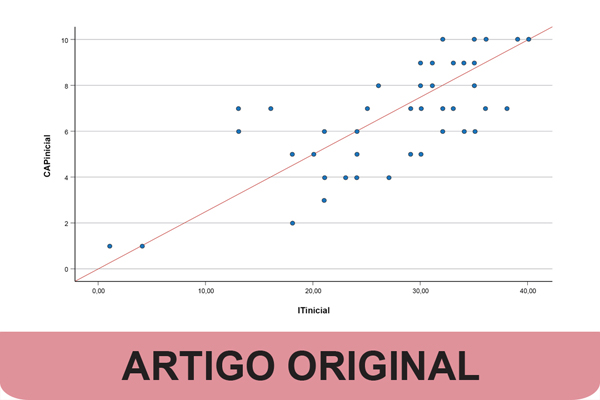SOCIAL MEDIA
Portuguese Medical Association's Scientific Journal

Introduction: The Categories of Auditory Performance II (CAP-II) scale and the Infant-Toddler Meaningful Audit Integration Scale (IT-MAIS) are simple and quick questionnaires that allow assessment of the auditory performance of children with cochlear implant (CI). The aim of this study was to translate, adapt and validate the European Portuguese version of the CAP-II and IT-MAIS scales.
Methods: A total of 85 participants completed the European Portuguese version of the CAP-II and IT-MAIS questionnaires, of which 45 were parents of children with pediatric cochlear implants (9.84 ± 4.22 years) and another 40 were parents of children with normal hearing (8.35 ± 3.56 years). Inter-rater reproducibility, test-retest reproducibility, comparison of study group versus control group results, internal consistency and correlation of the new scales were evaluated.
Results: The CAP-II and IT-MAIS scales showed high reliability and reproducibility, respectively, with an intraclass correlation coefficient (ICC) of 0.979 (p < 0.001) and a Spearman’s correlation of 0.924 for the CAP-II scale, and an ICC of 0.932 (p < 0.001) and Spearman’s correlation coefficient of 0.732 for the IT-MAIS scale. The IT-MAIS and CAP-II versions showed strong internal consistency (Cronbach’s α coefficient value of 0.887 for the CAP-II scale and Spearman’s positive correlation of 0.677 for the IT-MAIS scale, respectively) and allowed for the differentiation between children with normal hearing and post-implantation children (p = 0.001 and p < 0.001 respectively for each of the scales). There was no association between parental education and the results on the scales (p > 0.05).
Conclusion: The findings demonstrated that the European Portuguese version of these scales is a valid and reliable tool for assessing auditory performance in European Portuguese-speaking children with hearing loss.